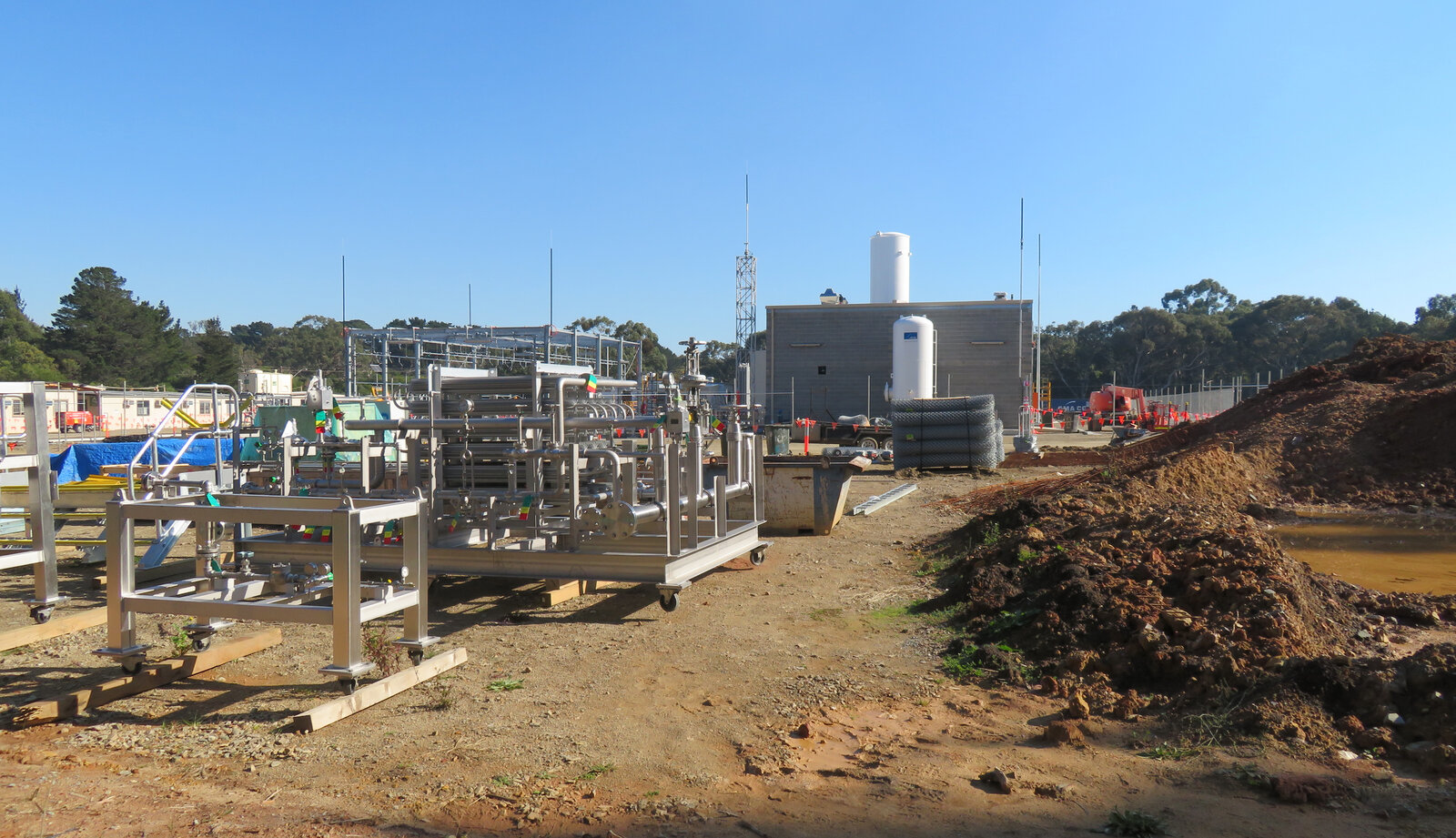Half of the money Australia is allocating to renewables is going toward hydrogen production PLUS: Microsoft is signing up for fusion-sourced electricity

Australia’s new budget keeps it in the global race to become a green energy superpower: Australia’s FY 2023-2024 budget report revealed that the government is planning to invest AUD 4 bn (USD 2.7 bn) to support the country in becoming a global renewable energy powerhouse, according to a statement. The AUD 4 bn represents initial steps to unlock AUD 10 bn (USD 6.7 bn) in private investment in renewable generation and storage.
Half will be allocated to low-carbon hydrogen production alone: Half of the AUD 4 bn will go to developing low-carbon hydrogen through the newly established Hydrogen Headstart program. The program aims to put Australia on course for a 1 GW electrolyser capacity by 2030 through two or three flagship projects and is planned to begin receiving proposals from hydrogen developers in 1Q 2024. The government will be looking to select candidates with a competitive offtake price per kilogram as it aims to encourage users to switch to this clean fuel.
Tech giant Microsoft has signed an offtake agreement with US-based nuclear fusion production startup Helion to receive fusion-sourced electricity, Bloomberg reported last week. Helion will supply the clean energy to Microsoft from its Washington production plant, slated to kick off operations in 2028 with a production capacity of 50 MW after a one-year “ramp up” period, the company notes in a statement.
SOUND SMART- Nuclear fusion is a reaction that could potentially generate unlimited energy. Fusion reactions, which power stars, involve the fusing of two light atomic nuclei to release tremendous amounts of energy. The fusing process results in the formation of a single, heavier nucleus, with the leftover mass from the smaller nuclei’s fusion being converted into carbon-free power.
REMEMBER- The US made a breakthrough on nuclear fusion late last year: Scientists at a a US government lab in California briefly achieved a net energy gain — meaning more energy was produced than consumed — in a nuclear fusion experiment using lasers in December, potentially paving the way for an “abundant zero-carbon alternative to fossil fuels.” However, scientists and researchers have cautioned that it will likely be decades before the technology is commercially viable — if ever. The total addressable market for fusion stands at some USD 1 tn annually, we previously noted, referencing former CEO of fusion power company General Fusion Christofer Mowry’s interview with Bloomberg (watch, runtime: 20:38).